We caught up with the brilliant and insightful Jing Dong a few weeks ago and have shared our conversation below.
Alright, Jing thanks for taking the time to share your stories and insights with us today. We’d love to hear about when you first realized that you wanted to pursue a creative path professionally.
I wanted to be an artist even when I was little. My mother was an architect and dancer, she influence me a lot. I majored in computer science and worked as a software engineer for several years. I gradually discovered that art technology can do really interesting things. Also because I was fascinated with some artists and their works, such as Anthony Gormley, John Cage, Louise Bourgeois, and Ai Weiwei. I realized that I have a huge passion for art and want to work on it my whole life. Because of my engineering background, I started exploring how to integrate technology and art and express my unique point of view. Then I came to the art and tech program to begin my new journey of exploring art technology. My art practice includes interactive installations, sound-visual experiences, software systems, and artificial intelligence art. I have explored the concept of computational aesthetics, posthuman, autonomy systems, and interaction innovation in recent years. I have attended the exhibition of re: connections, JACCC Release: Heard in LA Exhibition, Digital Future, Coaxialarts Art + Technology, etc.
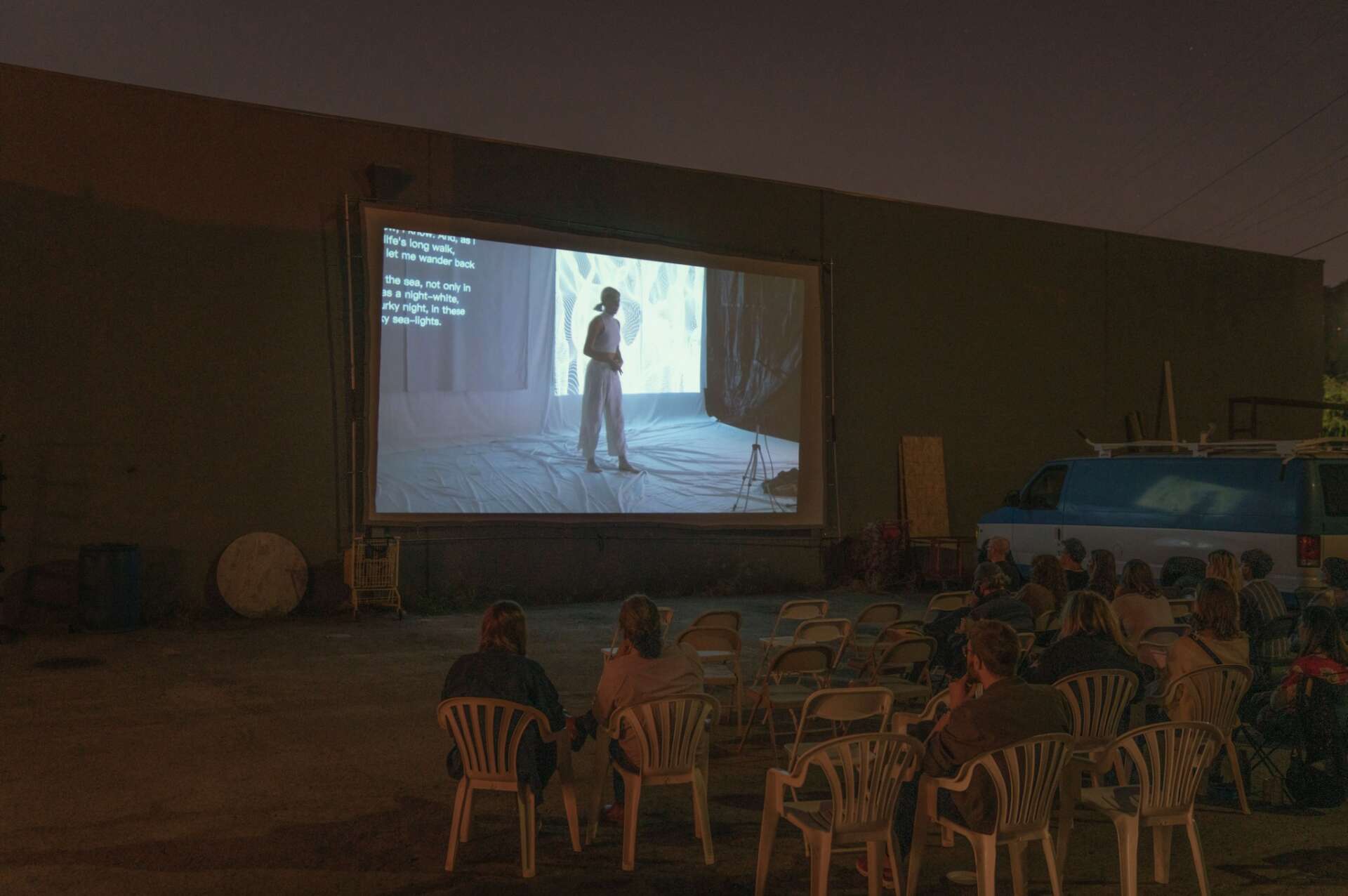

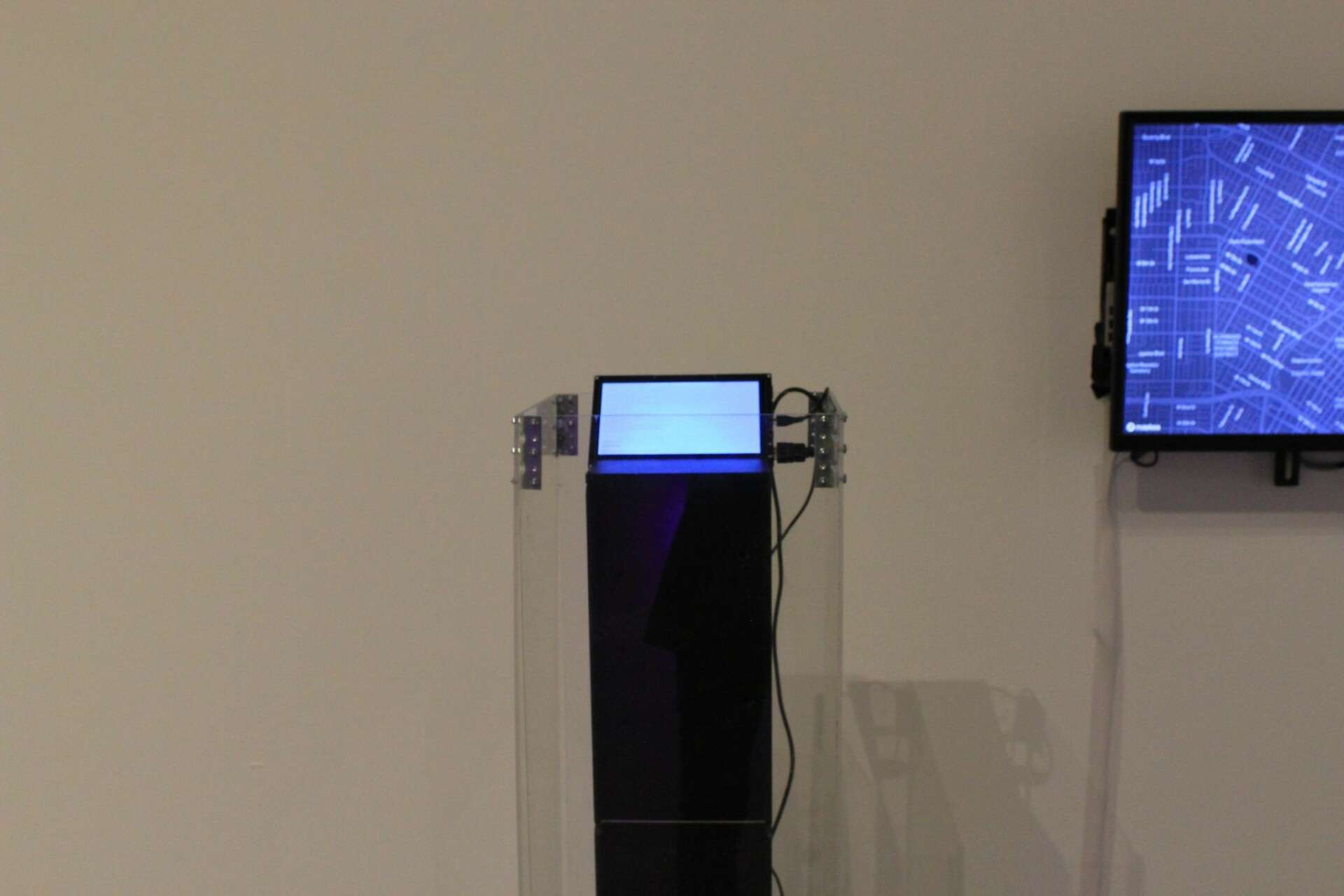
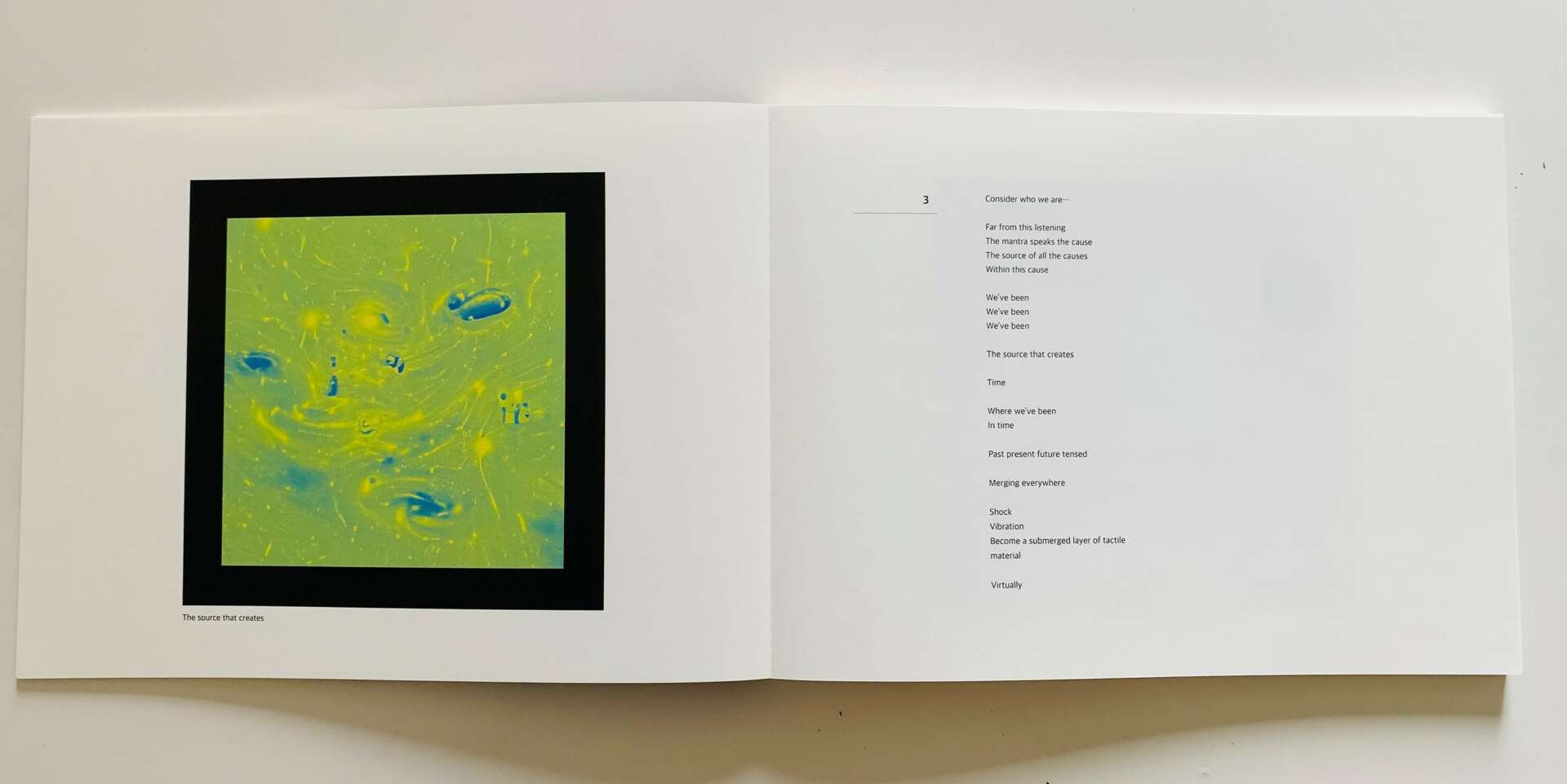
As always, we appreciate you sharing your insights and we’ve got a few more questions for you, but before we get to all of that can you take a minute to introduce yourself and give our readers some of your back background and context?
I am currently working at a leading technology company as a software engineer, mainly responsible for front-end development. My experience in the computer software industry has given me valuable insight into user interaction, front-end, software architecture, and data. I am not mystified by technology because I find its actual and potential influences interesting. I’m intrigued by the ways in which technology secretly changes our environment, thereby shaping our concepts and behavior. As a professional in both computer science and multi-media art, I can better understand the perplexing relationships between these two fields, that is, I’m well positioned to make sense of how they can be disentangled and how their hidden networks can be revealed. Technology has always existed in art, from painting to photography, film to digital art, and generative art. Technology has always been the tool of art, and, reflexively, art has always been reshaping the use of technology as well as our understanding of the human experience.
I’ve created several works recently, including: The Hidden Space, Poetic Imagination, and The Universe as It Was, mainly revolve around the following topics: the non-existent things created by machine intelligence, such as poems or images, dealing with chance and dynamics, and collaborating with the artist in various ways. For Poetic Imagination, I chose AI-generated text as the medium to explore the collision of the human body, text, and machine intelligence. Language is more than words and symbols, it is the driving force of thought. Texts evoke specific material relationships with imaginary worlds that generate human-intelligible meanings. AI-generated text reminds us that the web is entangled with our physical body with its electronic substance. In this dance performance, the artificial intelligence software built an environment that invites artists to participate and interact. The generated poems are triggered by specific movements of the dancers. Dancers improvise new moves after reading the generated poems. Then the improvised movement produces new poetry. The whole process is like a feedback loop. Body movements and machine language influence and reshape each other, as input and output.
Material sound is one of my sound sculptures, where I try to capture the fluidity of images of natural objects and use algorithms to generate sound. The audience can interact with the cd box by moving the installation.
All materials are constantly changing and moving. Life is like a complex set of materials, containing the algorithms of nature and chance. They remain in a state of infinite and constant self-healing at the microscopic level and are forever in motion.
The relationship between technology and nature is also a big theme that I am interested in and that I experiment with. I think everything comes from nature, all technology is discovered from nature, and our body is also a part of nature. But what is nature? What is life? Why do we exist? Why was technology discovered? These are the ultimate questions I want to ask through my artwork. If the essence of the algorithm is mathematics and when machine intelligence is poetic and aesthetic, does that mean the uniqueness of people will disappear? Will technology enrich us, or banish humanity?
Is there mission driving your creative journey?
Driven by my full and unconditional embrace of the present moment as an artist and software engineer, I create art that purposefully raises questions about the ways in which technology currently and potentially affects our relationship with the world as well as the ways in which the intertwining of art and technology can become more relevant and socially responsible. Obviously, technology is extremely dominant, aggressive, cold, and confining, which is precisely why I believe that artists need to foster a more thoughtful and intentional balance between invasive technological innovations and the struggle for human dignity, particularly in relation to marginalized groups who already suffer more from inequality, isolation, and injustice. The philosopher Heidegger reminds all of us, especially those of us who are artists working in the technology industry, that “art holds power that could save humans from the danger of being consumed by technology.” As someone deeply and restlessly immersed in this dual frame, I derive understanding and hope from art’s humane, poetic, and liberating potential to offer a therapeutic remedy to technology’s lifeless, narrow, and confining trajectory.

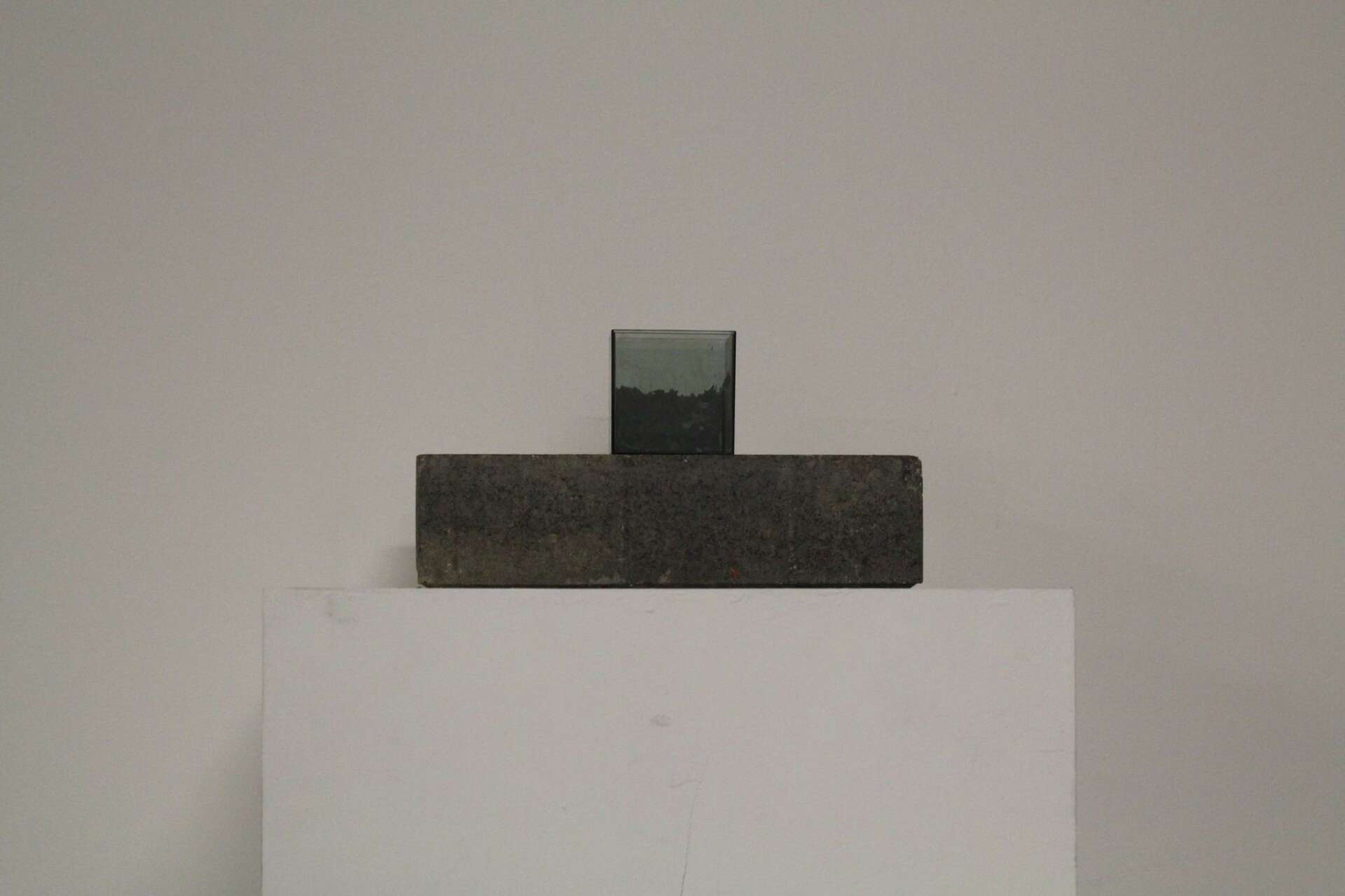
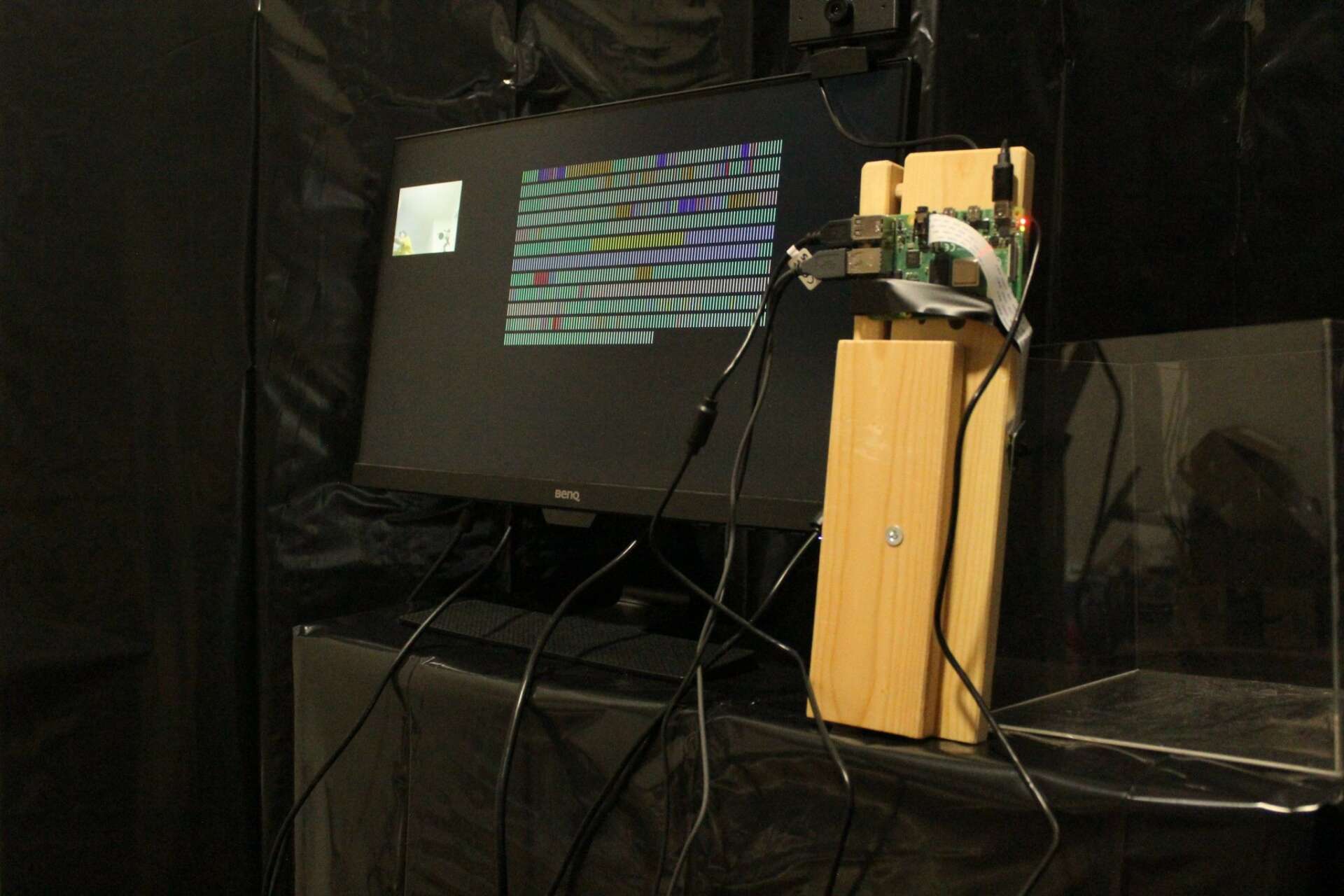


What’s the most rewarding aspect of being a creative in your experience?
The most rewarding aspect of being an artist is self-exploring by art making. I want to leave more art pieces in this world. I felt being an artist our responsibility to make this world better. When I first entered the art world, I created works about human emotions, loneliness, and the experiences of marginalized groups by presenting artworks in the form of data visualization, installation, and wearable devices. Upon entering the Art and Tech program subsequently, I continued developing projects dealing with emotions; however, my new projects began exploring human consciousness, poetic wondering, and body dynamics. In these projects I experimented with incorporating more complex and flexible algorithms, software, and machine intelligence, which in turn has made my art more interactive than ever before. I continue to explore the following concepts: how the human body and technology have evolved together and shaped each other in the posthuman era; how we create digital and virtual objects, and how they in turn affect the physical world; what the fate of human beings’ intelligence, software, and machines is; whether machine intelligence is creative and can generate art; what the identity of humans will be; and whether humans will eventually be exiled by machine intelligence and how. Being an artist in art and technology, questioning those questions is show my responsibility of balancing technology, society, and humanity.
Contact Info:
- Website: http://techjing.art
- Instagram: https://www.instagram.com/jingdong_/


